Self-storage has become a popular solution for individuals and businesses looking to declutter their living spaces or store excess inventory. However, preparing your items for self-storage is crucial to ensure they remain in good condition and easily accessible when you need them. In this article, we will provide you with a comprehensive guide on how to prepare your items for self-storage effectively.
 Additionally, when dealing with furniture items, consider disassembling them whenever it’s feasible. This not only saves space but also simplifies the process of transportation and arranging the furniture within the storage unit, making the most of the available space and ensuring efficient storage.
Lastly, a crucial step in the preparation process is to label everything meticulously. Each box should be clearly labeled with its contents and the specific room it belongs to. This labeling system serves as a valuable reference, allowing you to quickly and easily locate specific items when you need them, streamlining your retrieval process and enhancing your overall self-storage experience.
Additionally, when dealing with furniture items, consider disassembling them whenever it’s feasible. This not only saves space but also simplifies the process of transportation and arranging the furniture within the storage unit, making the most of the available space and ensuring efficient storage.
Lastly, a crucial step in the preparation process is to label everything meticulously. Each box should be clearly labeled with its contents and the specific room it belongs to. This labeling system serves as a valuable reference, allowing you to quickly and easily locate specific items when you need them, streamlining your retrieval process and enhancing your overall self-storage experience.
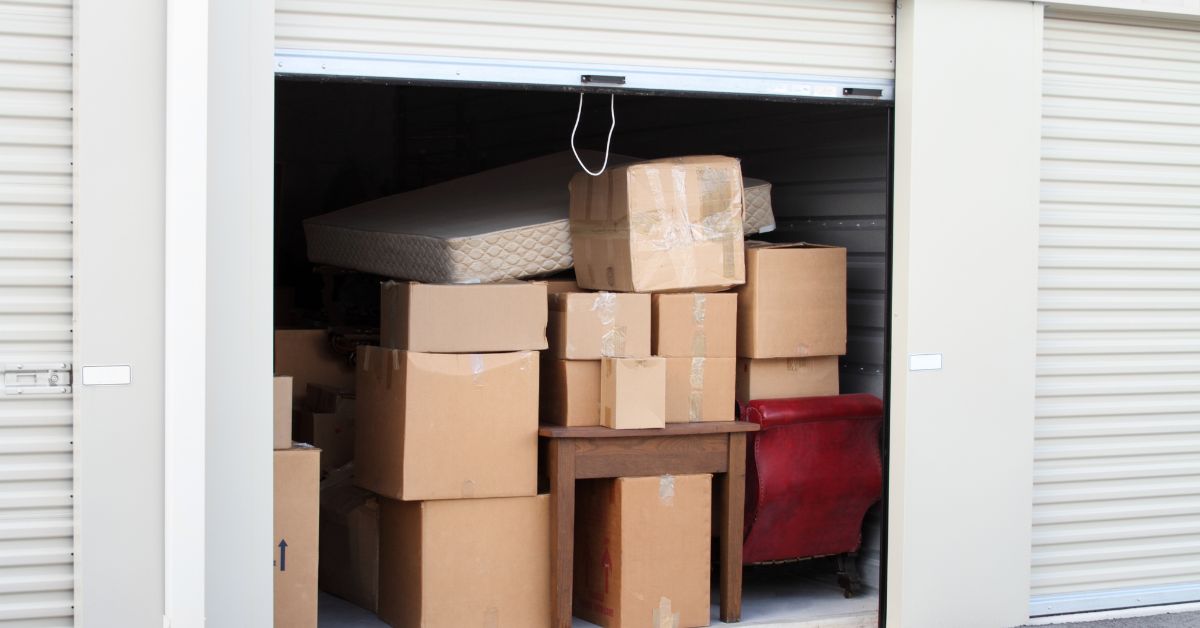 Additionally, make it a routine to visit your storage unit at regular intervals. This practice allows you to inspect your items for any signs of damage or the presence of pests. By actively monitoring your stored possessions, you play a pivotal role in ensuring their long-term preservation and safeguarding their condition.
Additionally, make it a routine to visit your storage unit at regular intervals. This practice allows you to inspect your items for any signs of damage or the presence of pests. By actively monitoring your stored possessions, you play a pivotal role in ensuring their long-term preservation and safeguarding their condition.
Understanding Your Self Storage Needs
Before you embark on the packing process, it’s crucial to begin by evaluating your storage requirements. This assessment involves considering both the size and quantity of items you intend to store. By doing so, you can make an informed decision regarding the type and size of the storage unit that will best accommodate your needs. As a helpful tip, it’s often advisable to opt for a slightly larger storage unit than you initially anticipate, as this extra space can facilitate easy access and organization of your belongings within the unit. Next, it’s time to gather the essential packing supplies needed to start the packing process effectively. Prepare yourself with sturdy cardboard boxes, plastic bins equipped with lids, reliable packing tape, bubble wrap, packing paper, markers for labeling, and furniture covers to safeguard your larger items. Additionally, take advantage of the opportunity to declutter your possessions before packing. This step involves sorting your items into three distinct categories: items you intend to keep, those you plan to donate, and those you’ll discard. This thoughtful categorization not only conserves valuable storage space but also streamlines the moving process, making it more efficient and organized.Packing Your Items for Self Storage
When it comes to packing your items for self-storage, it’s essential to use proper packaging techniques. Particularly, for fragile items like glassware and electronics, make sure to utilize materials such as bubble wrap and packing paper. Take the time to wrap each item individually to provide a protective layer that helps prevent breakage during transportation and while in storage. Additionally, when dealing with furniture items, consider disassembling them whenever it’s feasible. This not only saves space but also simplifies the process of transportation and arranging the furniture within the storage unit, making the most of the available space and ensuring efficient storage.
Lastly, a crucial step in the preparation process is to label everything meticulously. Each box should be clearly labeled with its contents and the specific room it belongs to. This labeling system serves as a valuable reference, allowing you to quickly and easily locate specific items when you need them, streamlining your retrieval process and enhancing your overall self-storage experience.
Additionally, when dealing with furniture items, consider disassembling them whenever it’s feasible. This not only saves space but also simplifies the process of transportation and arranging the furniture within the storage unit, making the most of the available space and ensuring efficient storage.
Lastly, a crucial step in the preparation process is to label everything meticulously. Each box should be clearly labeled with its contents and the specific room it belongs to. This labeling system serves as a valuable reference, allowing you to quickly and easily locate specific items when you need them, streamlining your retrieval process and enhancing your overall self-storage experience.
Organizing Your Self Storage Unit
When organizing your storage unit, there are several key strategies to keep in mind. Firstly, it’s essential to create a clear pathway down the center when placing items inside. This simple yet effective approach makes it significantly easier to access items located towards the back of the unit without the need to shuffle everything around. Another valuable tip is to stack your items vertically. This technique not only maximizes the available space but also promotes better organization. Place heavier items at the bottom of the stacks, while lighter ones should go on top. However, it’s crucial not to overstack to avoid the risk of boxes collapsing. Consider investing in shelving units for your storage space. Shelving units offer an organized and efficient way to store items, keeping them neatly arranged and off the floor. This not only enhances accessibility but also helps maintain a clutter-free and well-organized storage environment, making it easier to locate and retrieve your items when needed.Maintaining Your Stored Items
When storing sensitive items such as electronics, antiques, or important documents, it’s highly advisable to choose a climate-controlled storage unit. This specialized storage environment maintains consistent temperature and humidity levels, effectively shielding your belongings from the adverse effects of extreme weather conditions. Additionally, make it a routine to visit your storage unit at regular intervals. This practice allows you to inspect your items for any signs of damage or the presence of pests. By actively monitoring your stored possessions, you play a pivotal role in ensuring their long-term preservation and safeguarding their condition.
Additionally, make it a routine to visit your storage unit at regular intervals. This practice allows you to inspect your items for any signs of damage or the presence of pests. By actively monitoring your stored possessions, you play a pivotal role in ensuring their long-term preservation and safeguarding their condition.

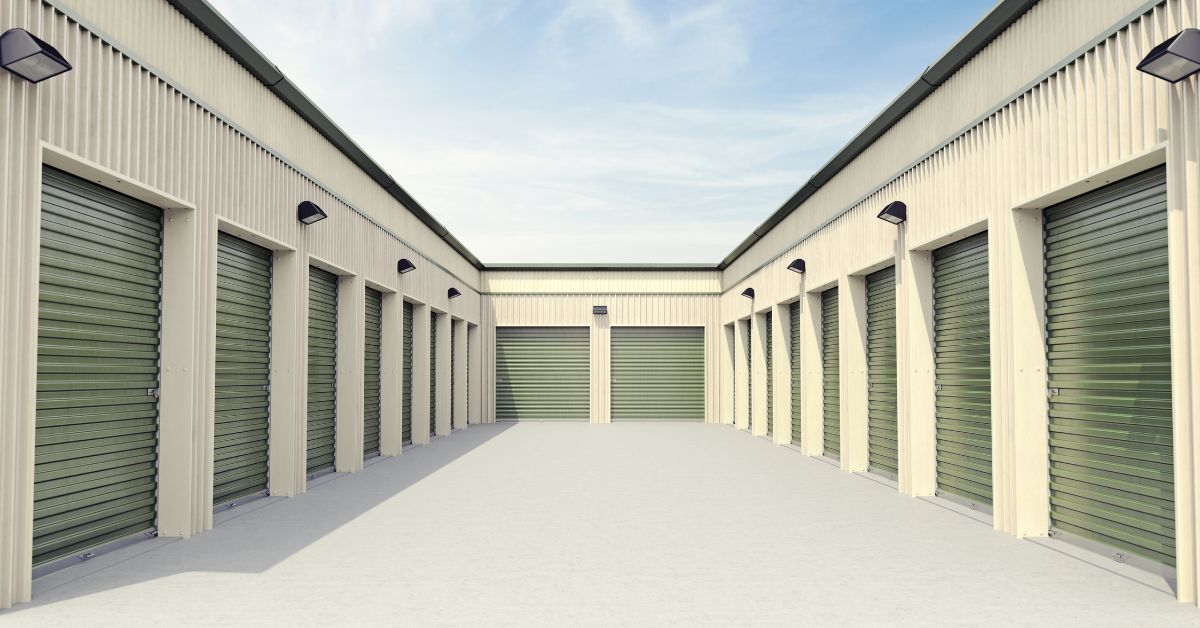

 The Fusion of Storage and Workspace
The Fusion of Storage and Workspace Challenges and Solutions in Using a Storage Facility
Challenges and Solutions in Using a Storage Facility Furthermore, the integration of virtual reality (VR) technology has the potential to revolutionize the way we utilize workspace within storage facilities. VR offers unique collaboration and training opportunities, enabling employees to engage in immersive experiences and simulations. This innovative approach enhances space functionality and fosters creative, interactive work environments, promoting innovation and efficiency.
Furthermore, the integration of virtual reality (VR) technology has the potential to revolutionize the way we utilize workspace within storage facilities. VR offers unique collaboration and training opportunities, enabling employees to engage in immersive experiences and simulations. This innovative approach enhances space functionality and fosters creative, interactive work environments, promoting innovation and efficiency.
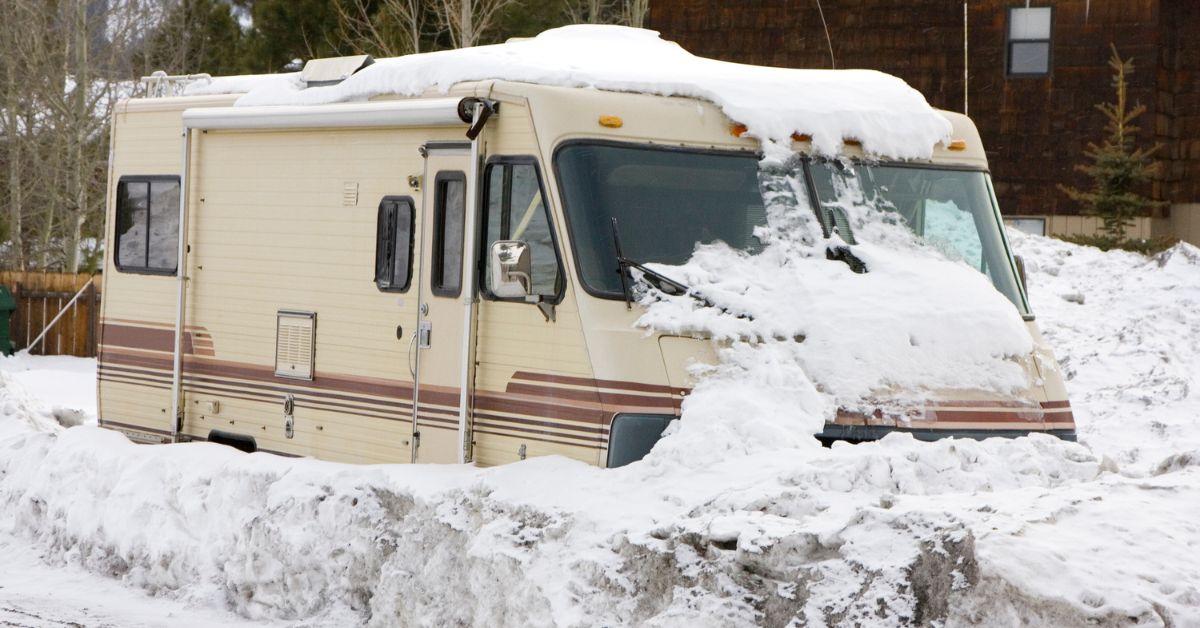
 Cleaning and Maintenance for RV Storage
Cleaning and Maintenance for RV Storage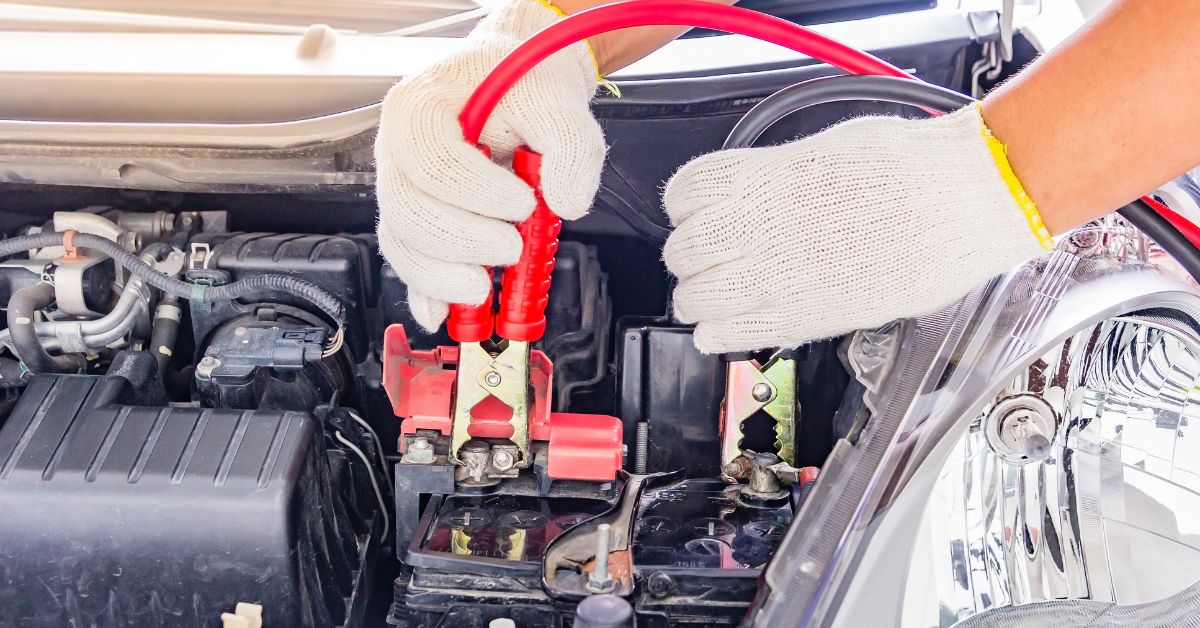 Pest Prevention for RV Storage
Pest Prevention for RV Storage Throughout the winter, make it a point to periodically check the tire pressure and adjust it if necessary. This proactive measure will ensure your tires are ready for the road when you are.
Throughout the winter, make it a point to periodically check the tire pressure and adjust it if necessary. This proactive measure will ensure your tires are ready for the road when you are.
 Make Spring Easier with the Right RV Storage
Make Spring Easier with the Right RV Storage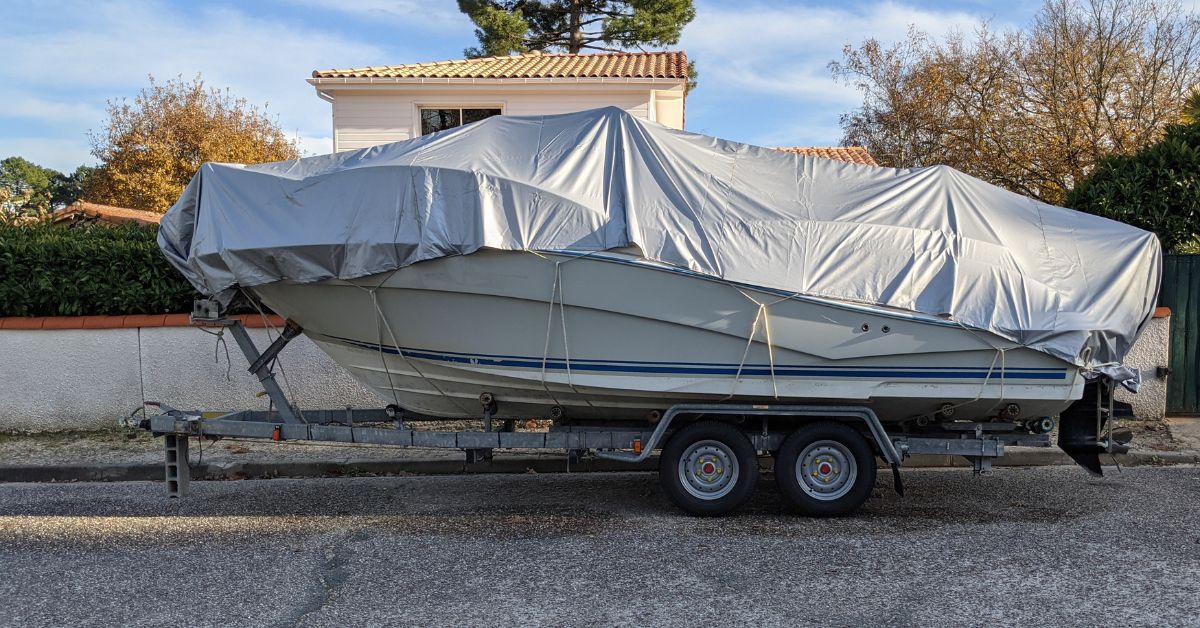
 Next, turn your attention to the interior of the boat. Empty and clean the interior thoroughly. It’s essential to remove all personal items and food items to prevent odors from developing and to deter pests from taking up residence during the winter months.
Next, turn your attention to the interior of the boat. Empty and clean the interior thoroughly. It’s essential to remove all personal items and food items to prevent odors from developing and to deter pests from taking up residence during the winter months. Secondly, promote proper air circulation by periodically opening cabinets and lockers within your boat. This simple action can help prevent stagnant air and moisture buildup in confined spaces.
Secondly, promote proper air circulation by periodically opening cabinets and lockers within your boat. This simple action can help prevent stagnant air and moisture buildup in confined spaces.
 Choosing the Right Self-Storage Facility
Choosing the Right Self-Storage Facility